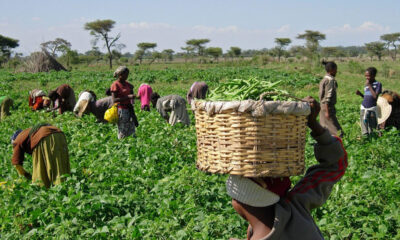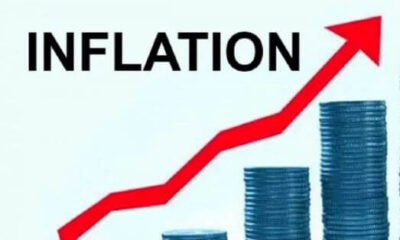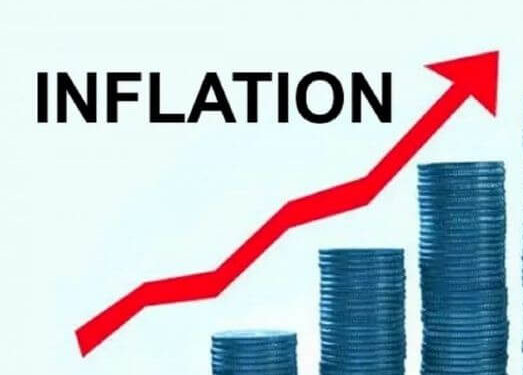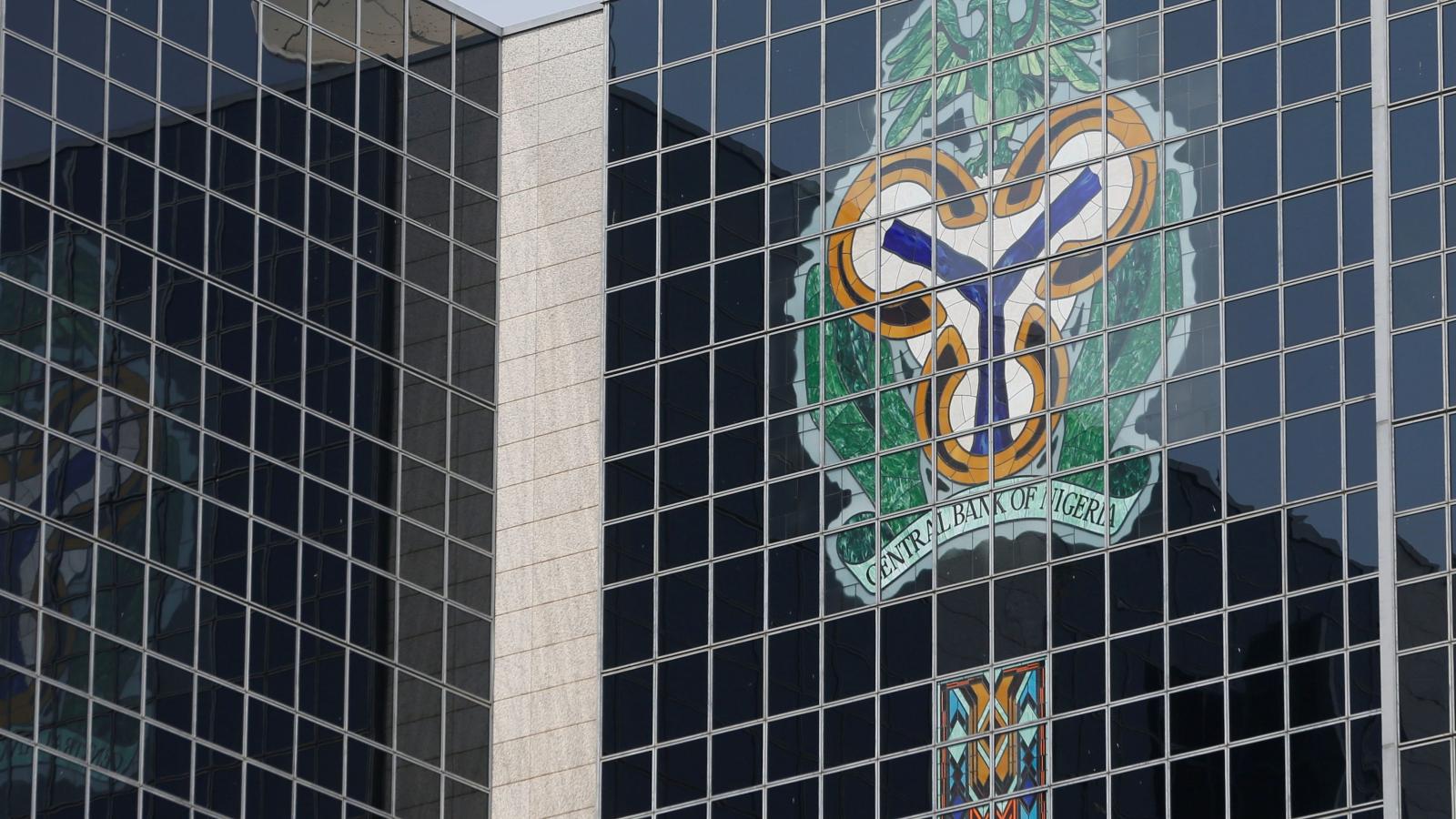Following consistent drastic monetary policy interventions by its central bank, Zambia’s currency, the kwacha, has become Africa’s best-performing currency against the US dollar thus far this year.
However, analysts suggest the currency will only many its steady rise if the nation draws in more foreign investment.
According to data from the London Stock Exchange Group (LSEG), the kwacha has strengthened 13.8 percent to 22.8 percent versus the US dollar in 2024 as a result of the central bank’s decision to reverse a decline in the value of the currency that had increased inflation earlier this month by raising interest rates and reserve ratios for commercial banks.
Danny Greef, Co-Head of Africa at research firm ETM Analytics noted that “The kwacha’s performance this year has been remarkable.”
Zambian authorities have held foreign investment at bay, and the value of the kwacha is decreasing due to the country’s unfinished debt restructuring, which is in its fourth year. Although copper production, the country’s major foreign exchange earner, has also fallen despite government efforts to boost the sector.
“The conclusion to the external debt restructuring exercise will also be instrumental to providing clarity on the outlook for hard-currency and fiscal obligations and unlock pent-up portfolio- and fixed investment flows into the country.”
Bank of Zambia governor Denny Kalyalya told a public forum earlier this week that “The measures that we have taken… are meant to stem some of the demand, which we thought was excessive as we anticipate supply, which mainly comes from the mining sector.”
Although the value of the kwacha has somewhat declined this week from 22.5 to $1, it is still more than 20% higher than the record low of 27.23 achieved on February 6.
“What is expected is an adjustment that will stabilise around the 21-22 per dollar,” economist Munyumba Mutwale said, adding that increased foreign currency flows were required for the kwacha to make further gains.
African currencies encountered severe difficulties in 2023 as a result of the global monetary tightening cycle. The official exchange rates of the South African rand, Kenyan shilling, and Nigerian naira had significant fluctuations in December 2023, falling by an average of 27% from 25% in November.
Although the three countries’ currencies have continued to decline, as has the value of other continental economic giants like Egypt, it seems Zambia has managed to stabilise its economy in spite of its foreign debt issues.


 Politics2 days ago
Politics2 days ago
 Musings From Abroad2 days ago
Musings From Abroad2 days ago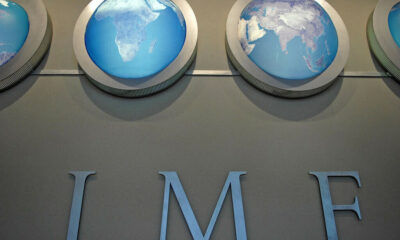
 VenturesNow2 days ago
VenturesNow2 days ago
 VenturesNow2 days ago
VenturesNow2 days ago







